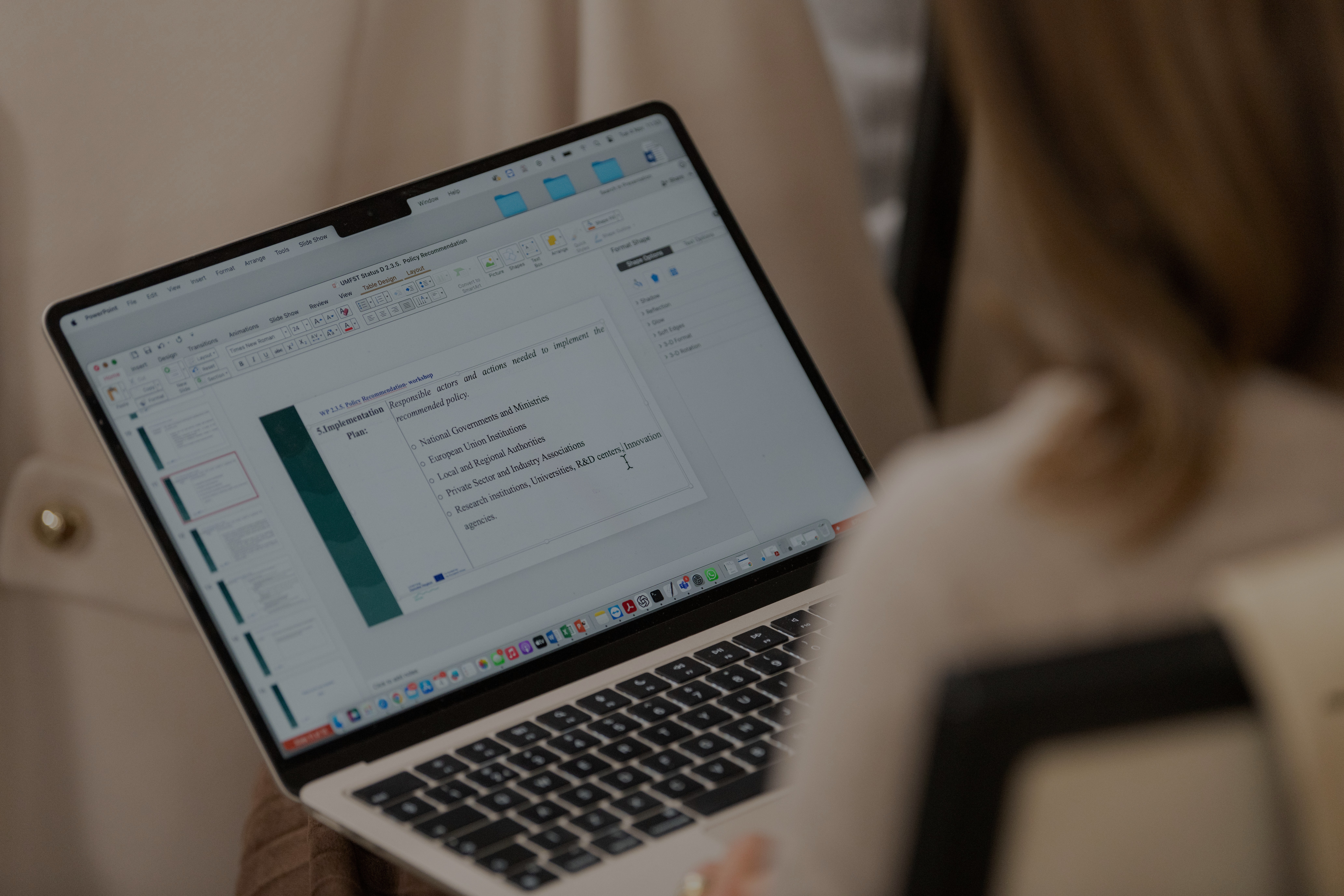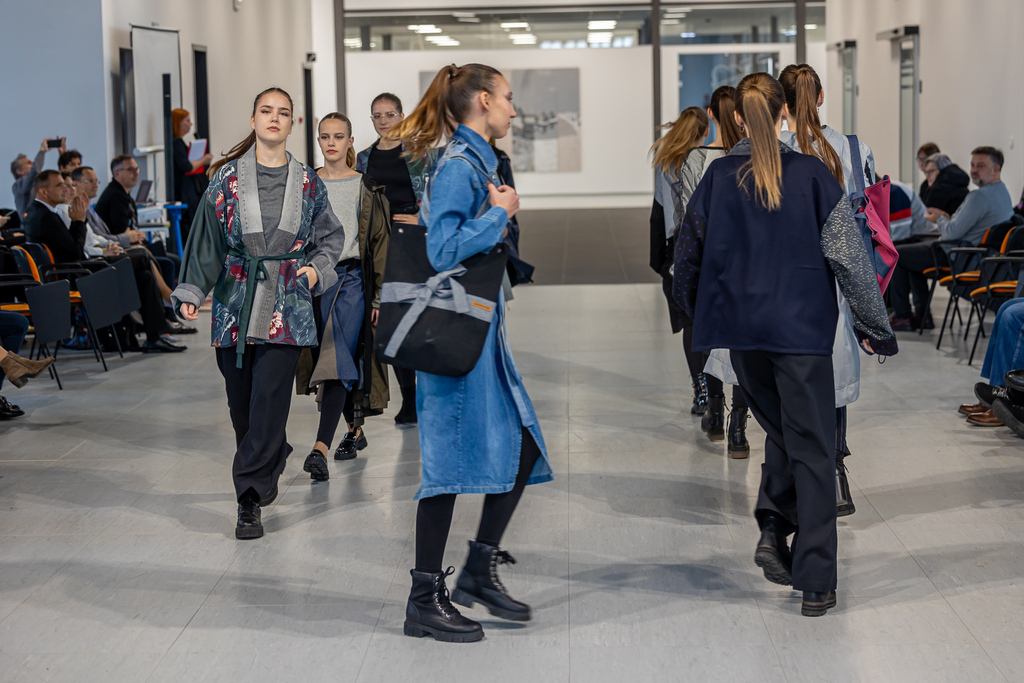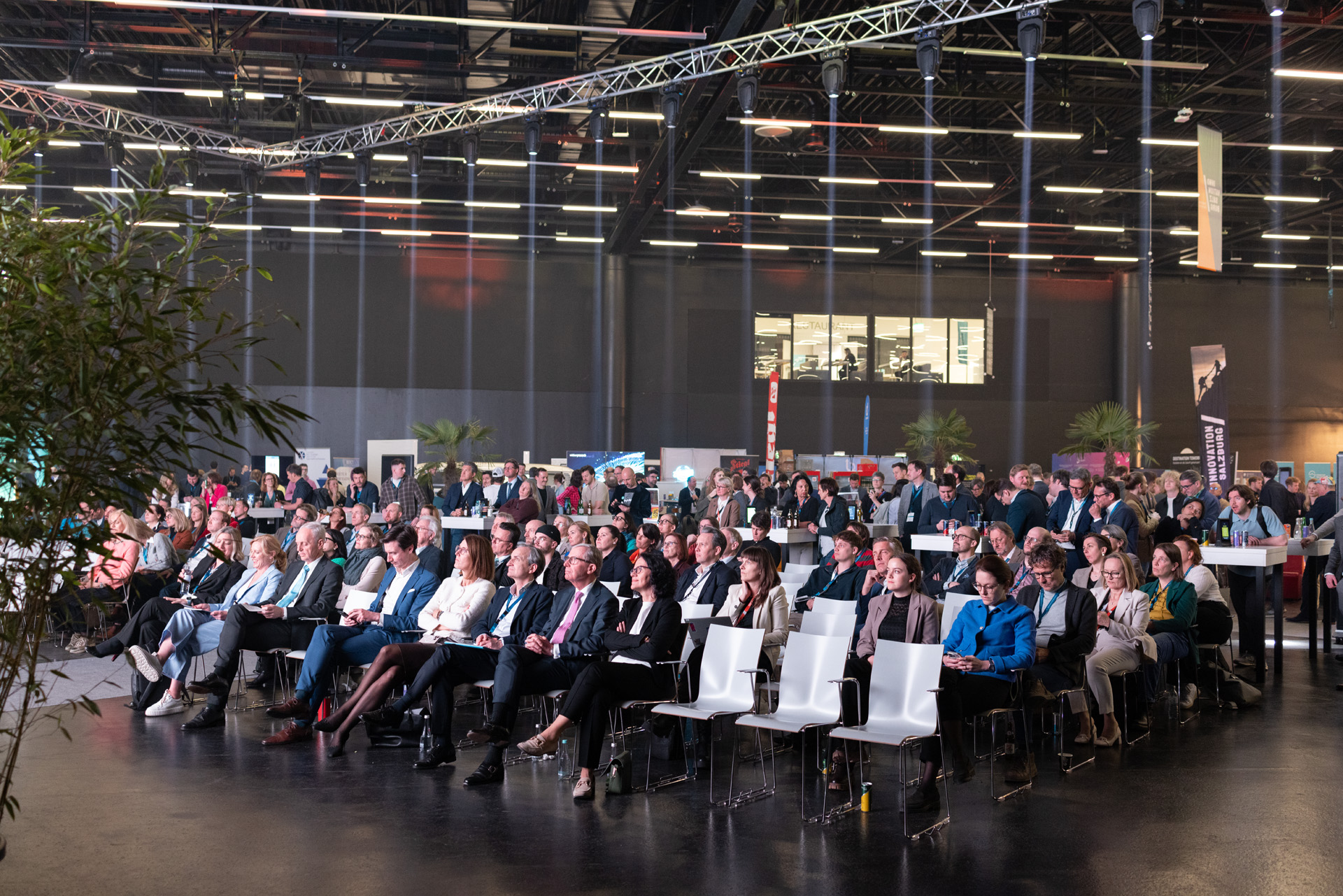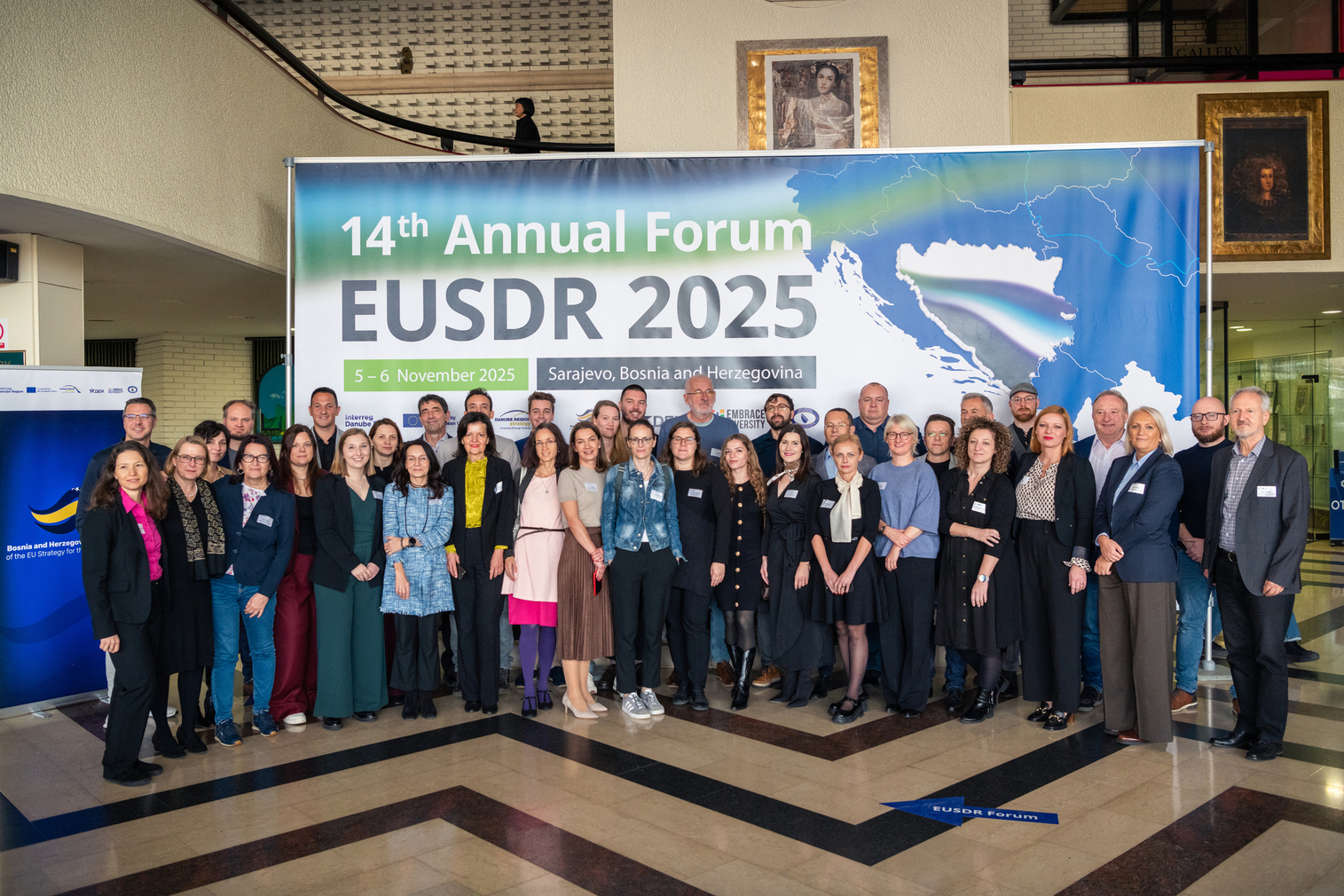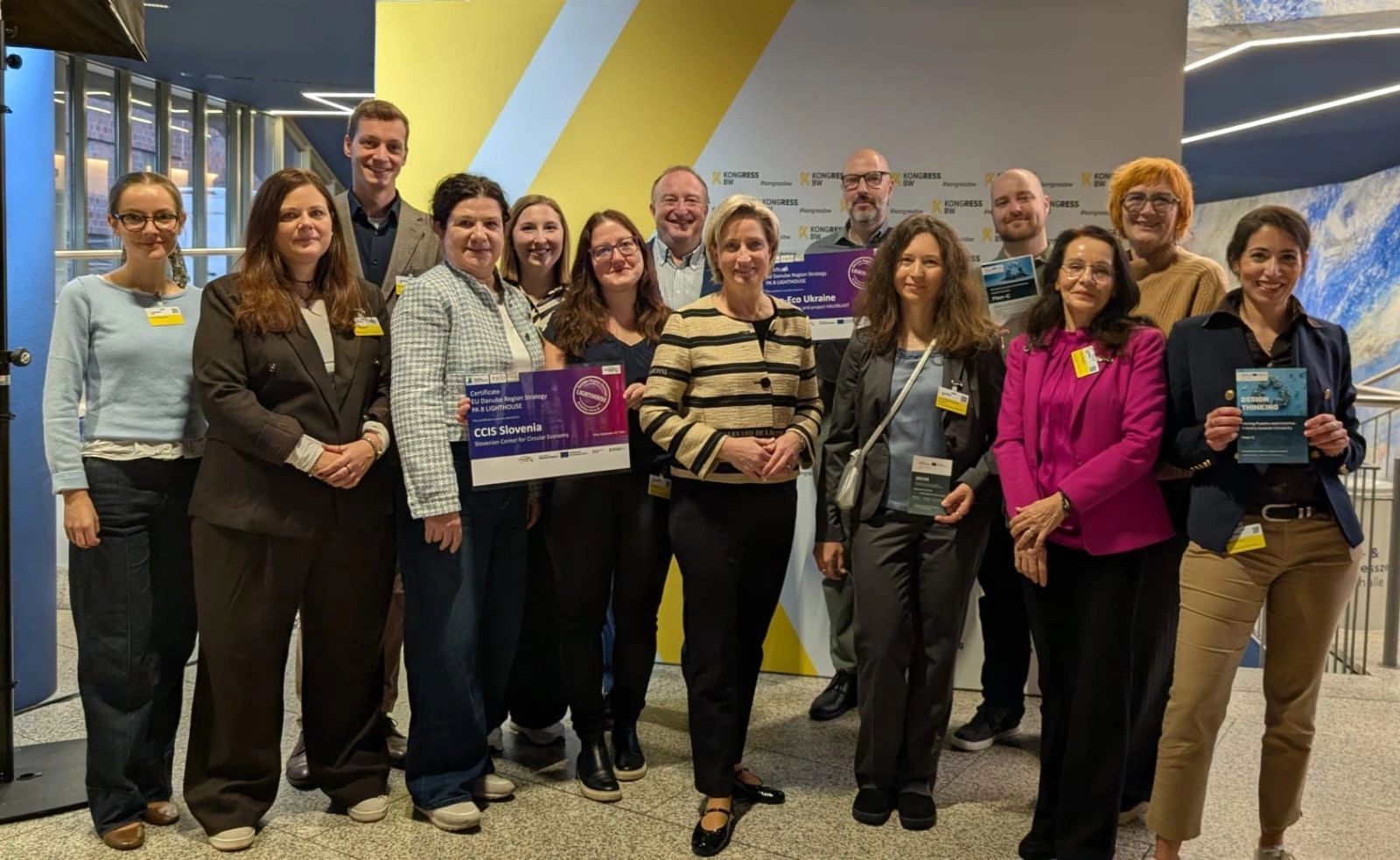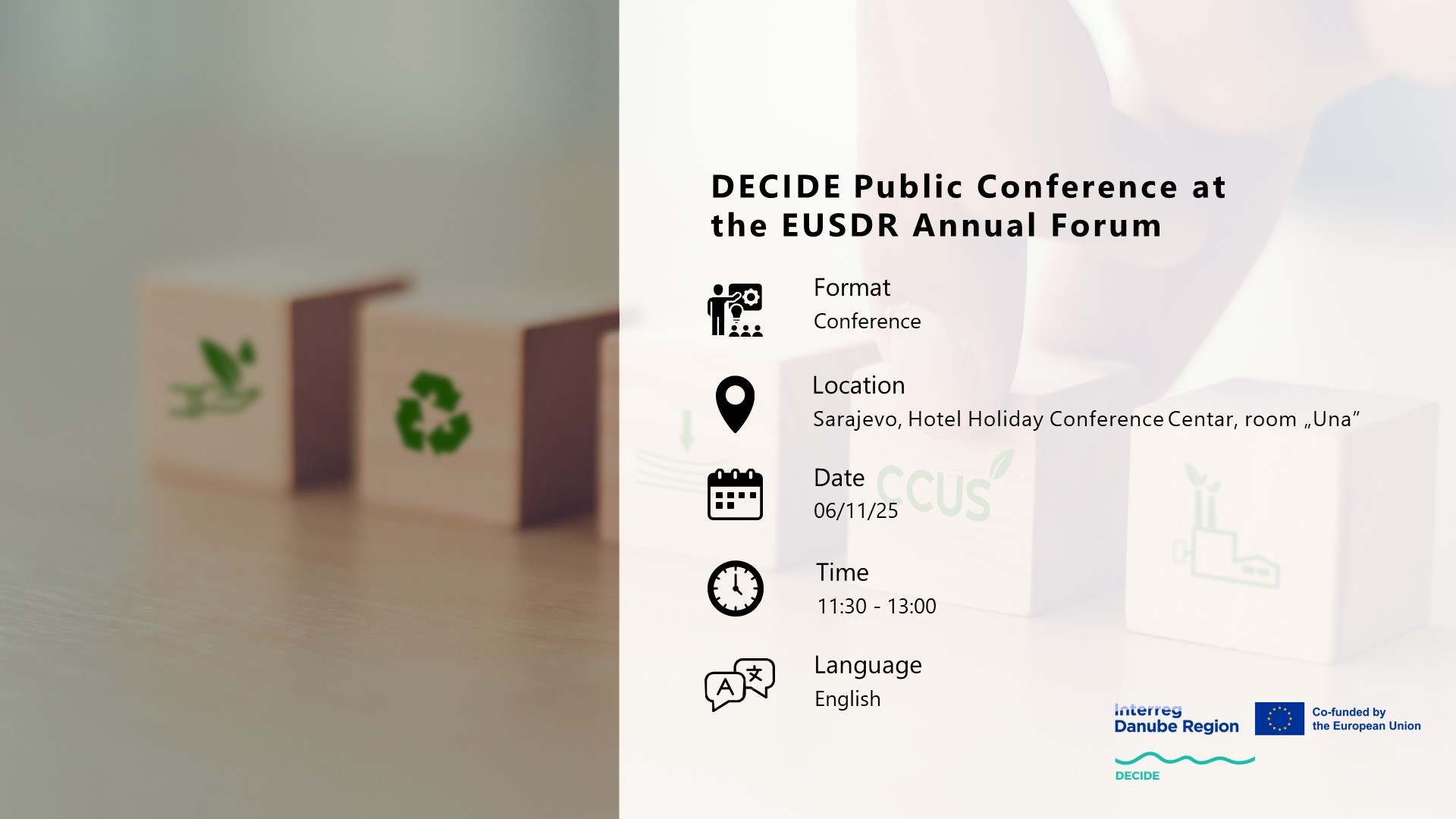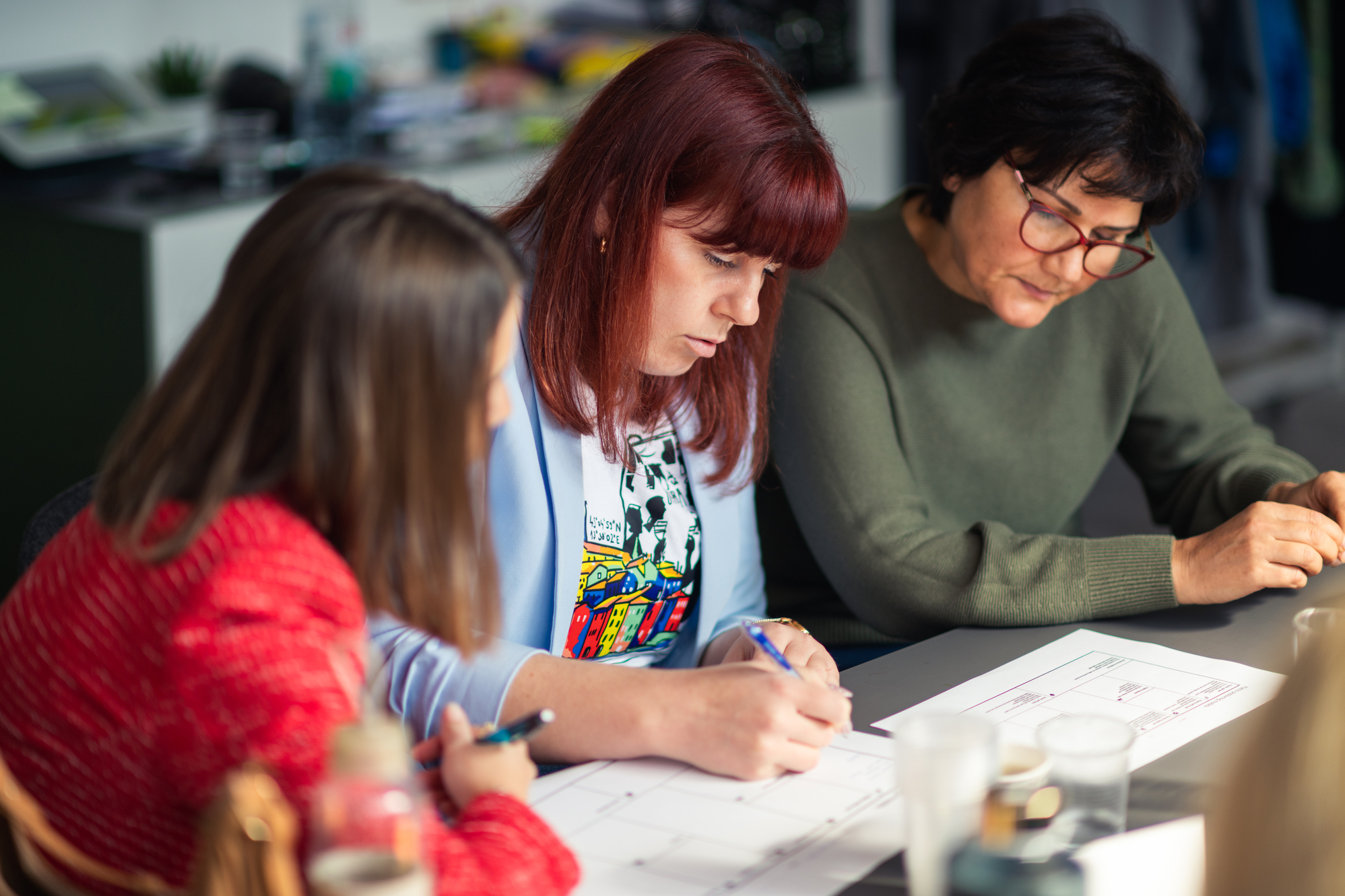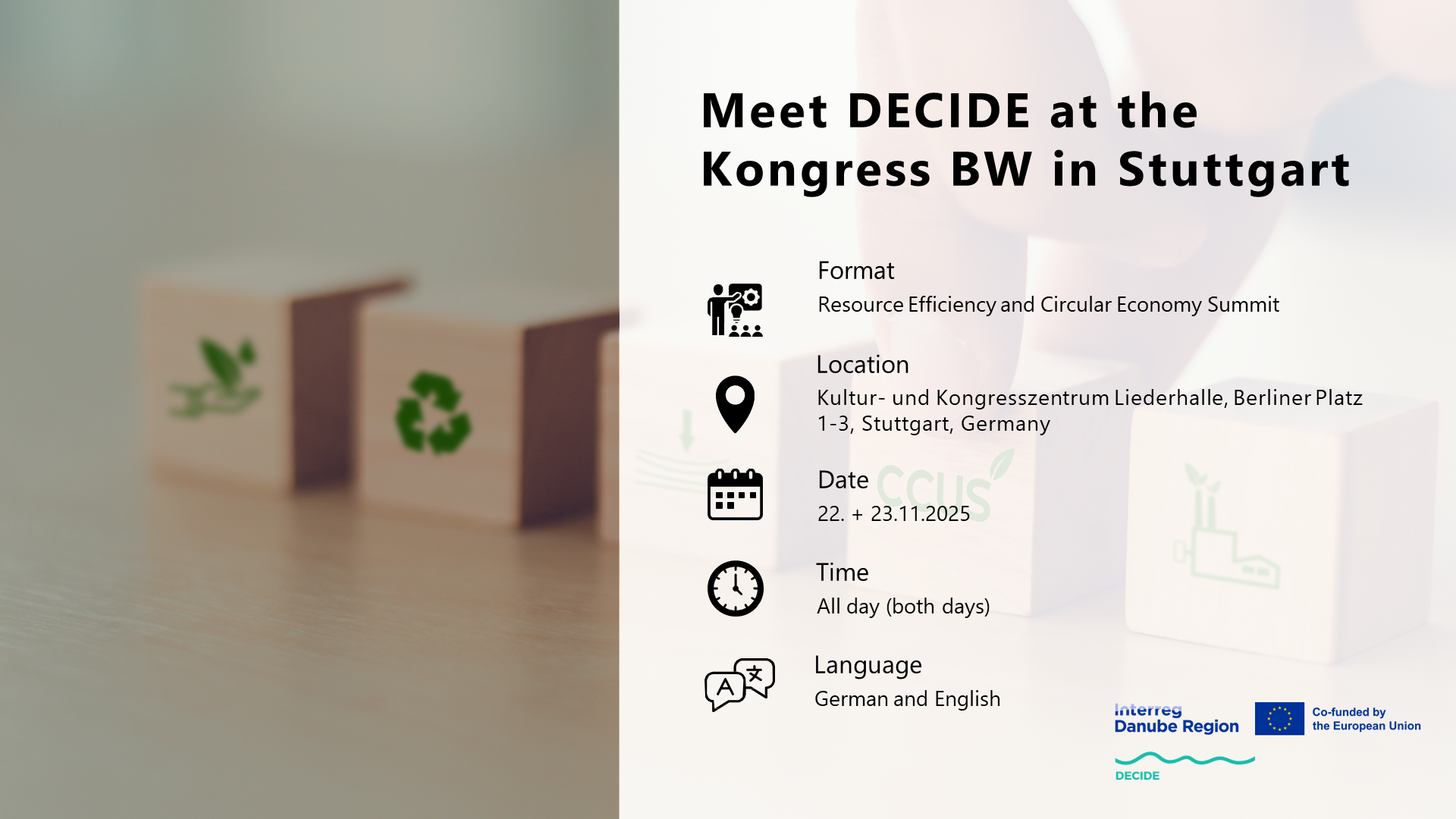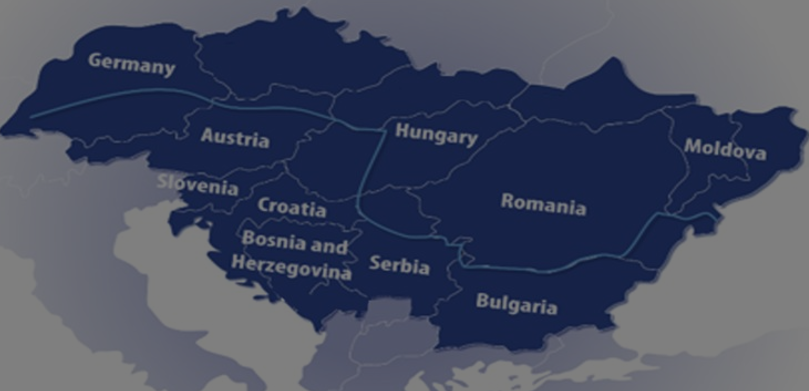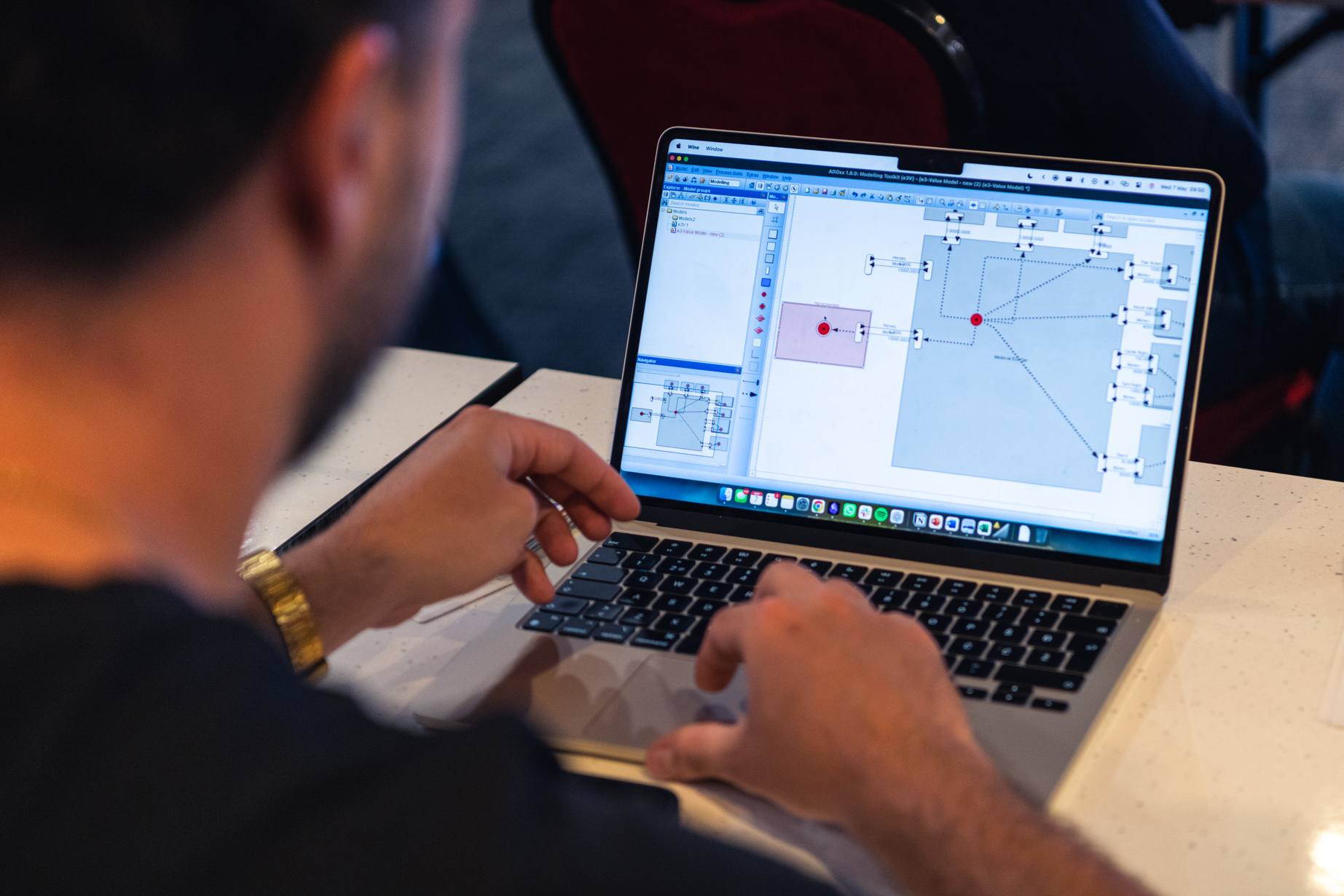SUCCESSFUL CIRCULAR ECONOMY MODELS FOR A SUSTAINABLE FUTURE
One of the biggest challenges in advancing the circular economy is not just developing innovative business models, but also sharing them effectively so they can be replicated across different sectors and regions. Recognizing this, the DECIDE project has developed a structured approach to documenting and disseminating Circular Economy Best Practices, ensuring that valuable insights and proven solutions are easily accessible to businesses, policymakers, and stakeholders across the Danube Region.
The Best Practice Showcases for Circular Economy Business Models (CEBMs) are a very important part of the DECIDE Toolbox, designed to support knowledge transfer by providing structured templates, standardized documentation processes, and interactive engagement opportunities. These materials ensure that circular economy initiatives are not only recognized but can be adapted and scaled by others.
To make best practice documentation both effective and user-friendly, the DECIDE project team worked on creating standardized templates that would guide partners in presenting circular economy success stories in a clear and professional manner. The process required close collaboration among project partners, balancing the need for consistency and comparability while allowing enough flexibility for different types of case studies.
The result was a set of standardized templates for posters and presentations, designed to:
Provide a consistent format for showcasing best practices across different sectors
Highlight key elements such as business models, environmental and economic impact, and challenges encountered
Ensure materials are visually engaging and informative, making complex concepts more accessible.
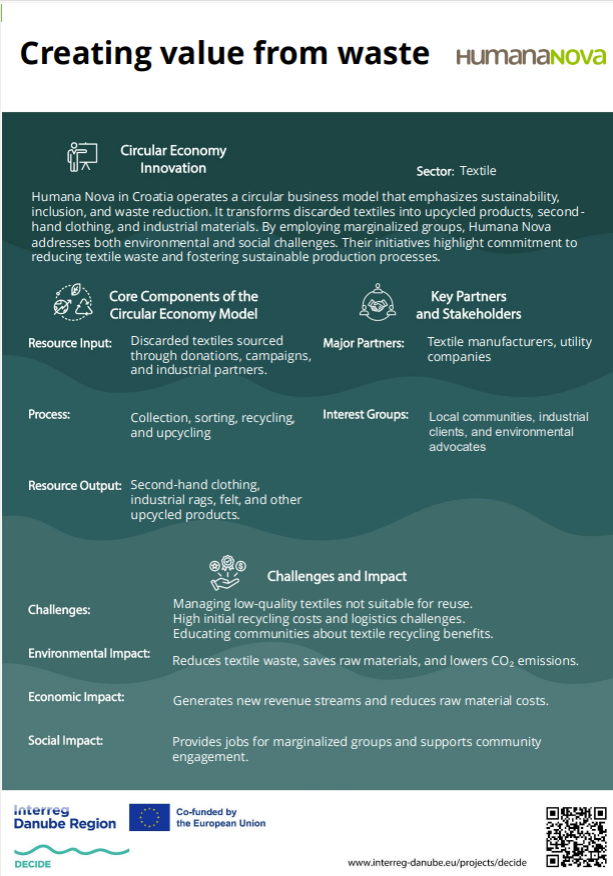
Picture 1 Poster example_Humana Nova (Croatia)
These templates were tested and refined through peer feedback to ensure they were practical and relevant. The team placed a strong emphasis on usability, ensuring that organizations with different levels of expertise could easily adapt them to their needs.
The design and content of the poster are shown in the preview above, while the presentation template provides a structured format for documenting best practice showcases, guiding users through key aspects such as business models, environmental and economic impact, challenges faced, and lessons learned.
A major milestone in this effort was The Best Practice Showcases Exhibition held during the international conference of the DECIDE project, "Circular Economy & Digitalization as Tools for SME Empowerment and Drivers of Development in the Danube Region," which took place just before the DECIDE project partner meeting, in Novi Sad, Serbia. This event provided an opportunity for partners to present the best practice cases they had developed using the templates, engage in interactive Q&A sessions, and refine their materials based on feedback.
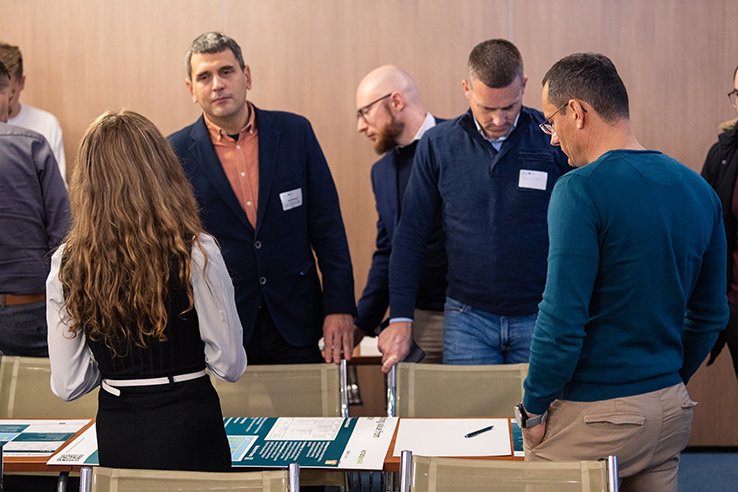
Picture 2 Poster exhibition DECIDE Project meeting in Novi Sad, Serbia
By the end of the process, the team had compiled an extensive collection of more than 20 Best Practice posters and presentations, each carefully crafted to highlight real-world applications of circular economy models. The exhibition demonstrated how these materials could facilitate knowledge exchange, helping stakeholders understand not just what works, but how and why these best practices succeed.
Behind the scenes
Developing the Best Practice Showcases for the DECIDE project was both a challenge and a rewarding experience. ZD.BB (Centre for Digitalization Böblingen District - ZD.BB GmbH) led the work package that resulted in Deliverable 2.3.2. As the lead project partner, they coordinate the efforts of all partners, ensuring alignment towards achieving the shared project goals.
ZD.BB supports companies and start-ups in their digital transformation journey. Whether they are just beginning their digitalization process, need a comprehensive analysis, or are already developing digital solutions, ZD.BB provides expert guidance and support—all from a single source. You can learn more about them in the video available on the link.
Martin Kinitzki, Work Package Lead, explains the biggest difficulty:
"Each partner had their own way of structuring information, and their experience levels varied. It took some iterations until we came up with the most relevant aspects of a circular economy business model to be presented.” The goal was to create showcases that were informative and tangible, inspiring stakeholders to engage and learn more.
A memorable moment came during the showcase exhibition in Novi Sad. The venue, a chamber of commerce meeting room, was more suited for serious policy discussions than interactive displays.
"The room had a huge and very impressive conference table with built-in microphones, probably meant for high-level government meetings rather than a place to showcase circular economy innovations. However, it turned out to be a great experience and in the end, I think that the unusual setting made it feel special.â
He also shares that the most rewarding part was the collaboration:
"The best part was seeing how all the partners came together, presenting and discussing circular innovations from their regions, talking to each other, and sharing ideas. Now the best practice showcases are serving as a starting point for setting up our collaborative groups (tandems) of project partners working together to finalize project goals—so basically, collaboration led to more and deeper collaboration.”
The process reinforced the power of knowledge sharing and teamwork in advancing circular economy solutions.
CHALLENGES AND HOW THEY WERE OVERCOME
The development of the Best Practice Showcases was not without its challenges. One of the biggest concerns was data confidentiality—many businesses involved in circular economy initiatives have proprietary processes or sensitive business information that could not be shared publicly. To address this, the team developed a framework for data anonymization and established clear guidelines for obtaining stakeholder consent before including any best practices in the showcases.
Another challenge was ensuring that the templates were applicable across multiple industries and regions. The DECIDE team tackled this by iteratively testing and refining the templates through a peer review process, incorporating feedback from partners working in different sectors. The final result was a set of flexible yet structured materials that could be used for knowledge sharing in workshops, policy discussions, and training sessions. Beyond the Danube Region, the methodology behind these showcases can be replicated and adapted in other geographical areas and industries.
The Best Practice Showcases, as part of the DECIDE Toolbox, provide a comprehensive and accessible knowledge base for businesses, policymakers, and researchers interested in circular economy implementation. You can find the templates on the DECIDE webpage, Library section.
While the DECIDE Toolbox is still in development, stay informed and follow us on:
News & Events
Read the most recent updates and explore the upcoming events.

